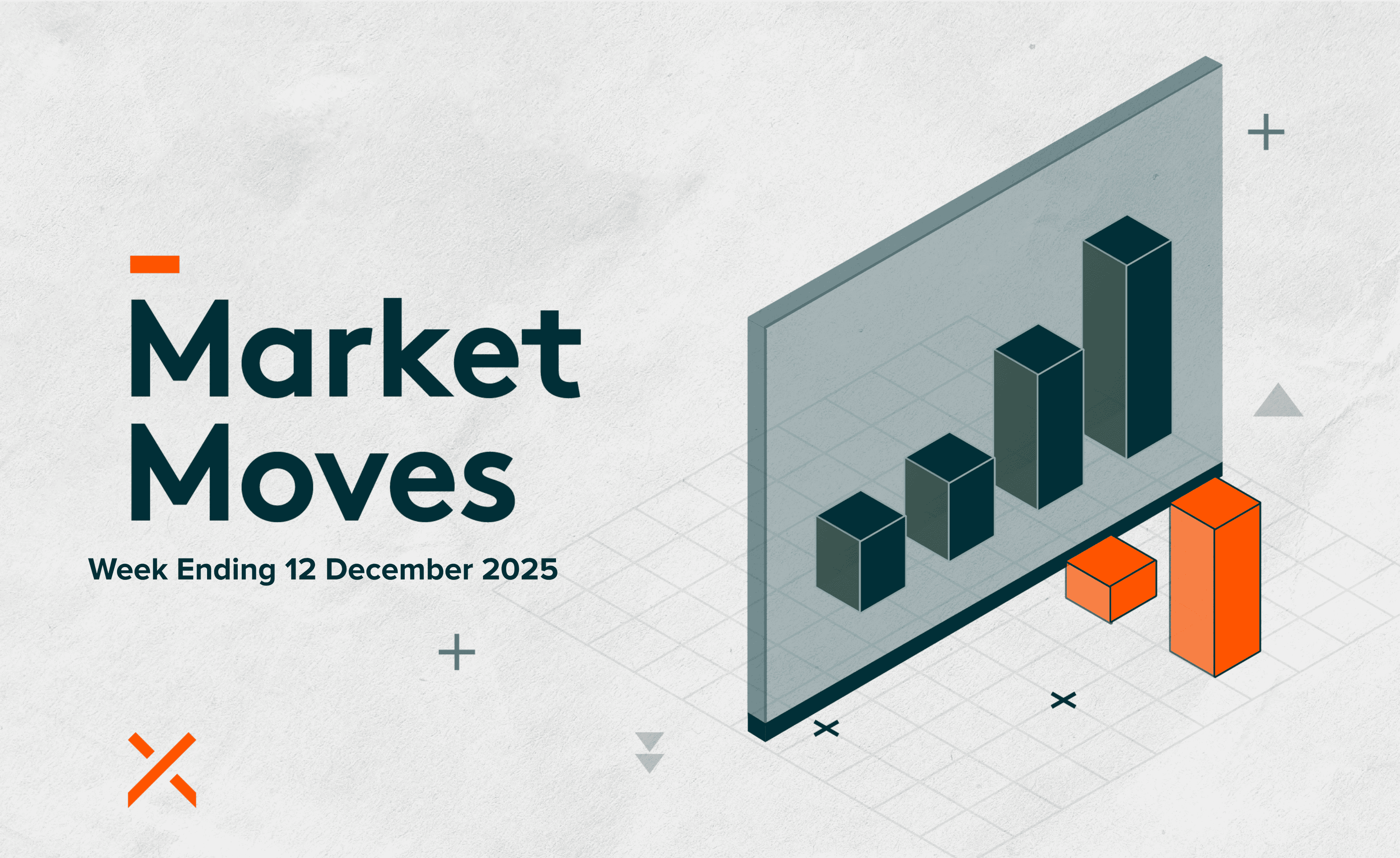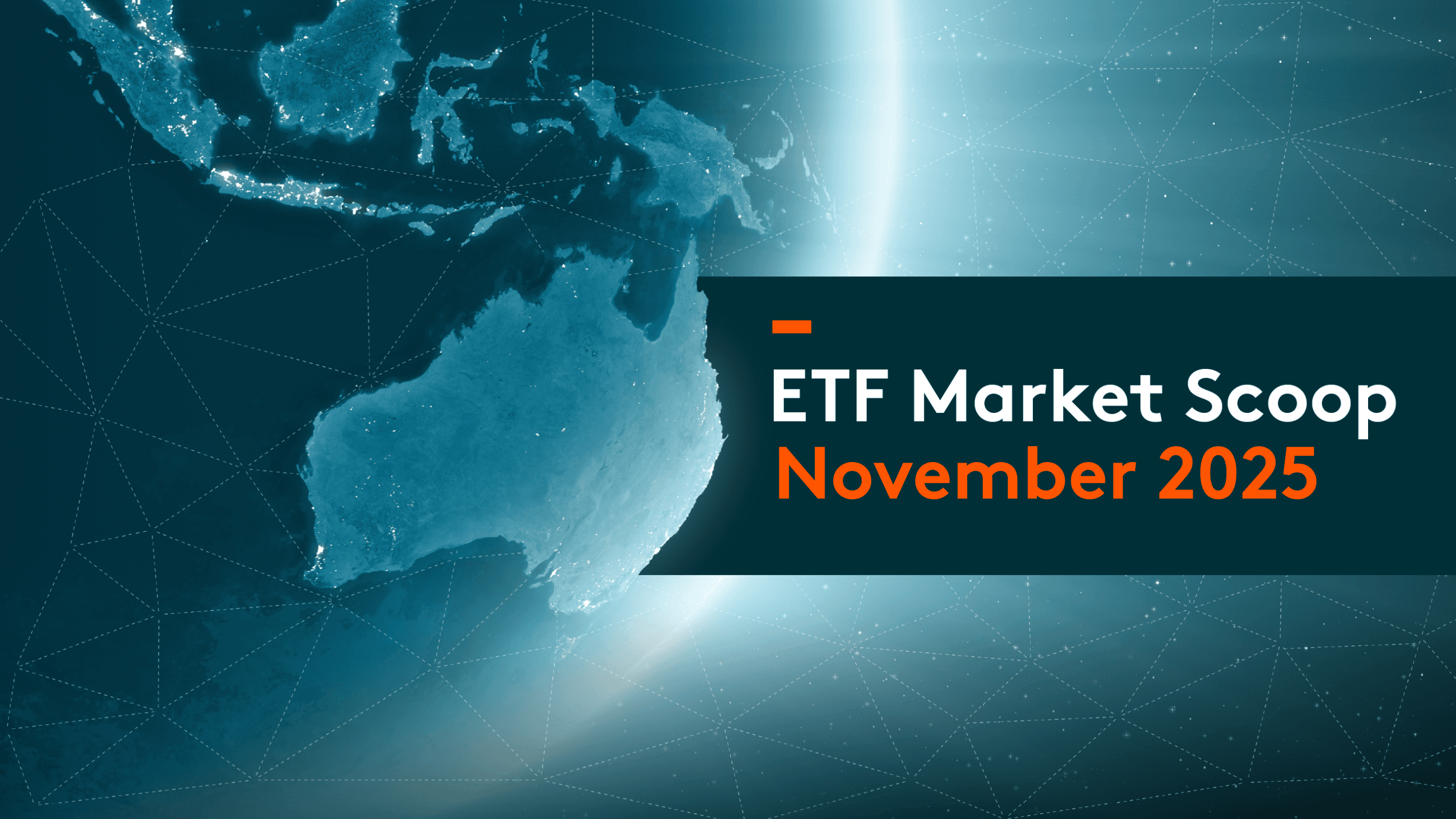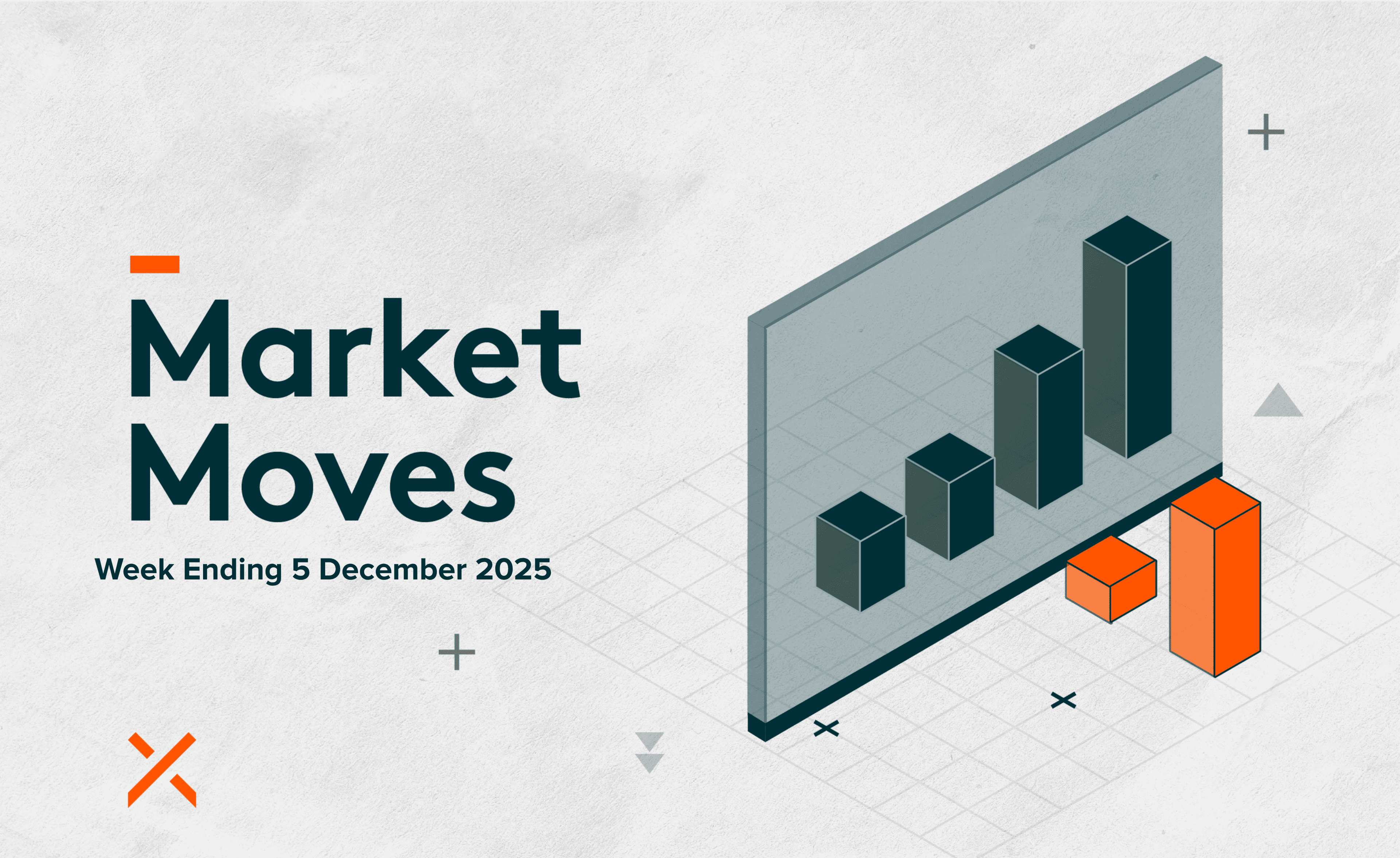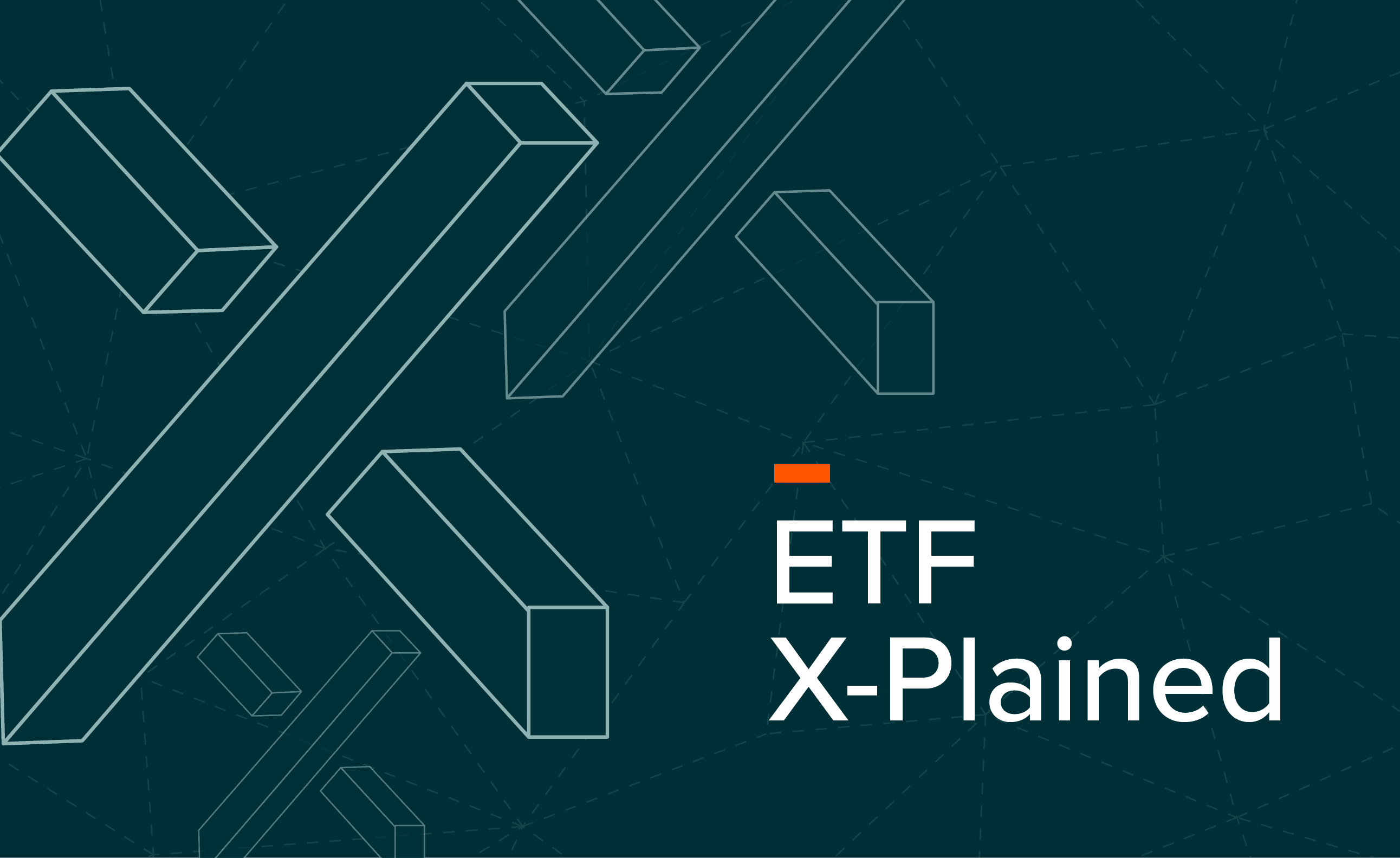
Education Hub
Global X's Education Hub provides valuable resources to help investors understand and navigate investment strategies and market trends.
ETF Fees and Performance
Fees are one of the most important factors to take into consideration when making an investment. While performance is difficult to predict, fees are not. However, whilst the management expense ratio (MER) is the most widely reported figure, there are several other costs that contribute to the total ownership cost of an ETF. In this article, we outline some of the most common components that contribute to an ETF’s cost, dividing them between management costs, portfolio transaction costs and trading costs.
Ongoing Charges
Ongoing charges are a measure of the reoccurring costs faced by an investor in a product (also referred to as the management expense ratio or MER), this will typically include:
- cost to manage a product
- administration
- custody and oversight
Unlike the management fee, which is the fee charged to investors by a fund manager for managing the ETF, the MER encompasses all costs associated with managing and operating a fund, as listed above.
[Image placeholder]
Trading and Post‑Trade Costs
Bid/ask spread
As with trading any asset on-exchange, there is a spread of prices at which an ETF can be bought or sold.
Bid/ask prices are quoted by market makers (MMs), who ensure there is always a price at which an asset can be bought and sold. MMs compete for customers by trying to offer the most competitive prices. For an ETF, the costs that MMs consider are the creation/redemption fee, the market maker spread and the underlying spread.
If any of these three costs rise, the MM will widen the bid/ask spread to try to make a profit.
Typically, the more MMs offering bid/ask spreads on an ETF and the higher the liquidity of the ETF, the tighter the bid/ask spread. ETFs with more MMs will generally trade at a price closer to that of the underlying asset they are designed to track. This, in turn, means the investor pays less money to buy or sell an ETF.
[Image placeholder]
Brokerage fee
The brokerage fee is the cost paid by the investor to a broker to buy or sell an ETF.
Tax
Different ETFs will incur different taxes, depending on the product itself and the circumstances of the individual investor. Investors are advised to seek independent tax advice to clarify what charges will apply.
For general information on potential tax liabilities arising from investing in ETFs, read our article How ETFs are Taxed.
Beyond the Management Costs
A product’s management costs are only one aspect of a product’s total ownership cost. Therefore, a low management fee might not necessarily be representative of the total cost of ownership for an investor.
In the following simplified example, ETF 1 has a cheaper MER by 15 basis points (or 0.15%). However, when all the costs of ownership are considered, it becomes 9 basis points more expensive. Investors should resist the impulse to judge an ETF by MER alone and adopt a more holistic view of ETF costs.
[Image placeholder]
Understanding Tracking
The costs associated with holding a product will typically result in a difference between the product’s performance and the underlying benchmark’s performance.
The two most common methods of defining how well an ETF tracks its benchmark are tracking error and tracking difference.
Tracking error
Tracking error essentially shows how consistent an ETF has been in replicating its benchmark. It is the volatility of the difference in returns between a product and its benchmark over time.
Tracking error is calculated as the standard deviation of a product’s returns against its benchmark.
Tracking difference
Tracking difference is the difference between a product’s return and that of its benchmark over a specific time period.
Tracking difference is calculated by accessing the difference between the return of a benchmark and the return of the ETF designed to track it. It shows the magnitude of outperformance or underperformance. There will always be an element of tracking difference because of fees.
Causes of tracking error and tracking difference
Cost is one of the largest sources of tracking error and tracking difference. Given that the total holding cost comprises both fixed elements (MER) and variable elements (bid/ask spreads), such costs can contribute to the absolute difference between a product and its benchmark’s return (tracking difference), as well as the volatility of that difference (tracking error). However, there are several causes of tracking error and tracking difference that are not covered by costs.
Dividend Reinvestment
Some indices assume immediate reinvestment of dividend proceeds on the ex-dividend date, but a product must wait to receive the dividend before it can re-invest. During this period, there will therefore be a difference between the performance of the ETF and its benchmark.
Withholding Taxes
Taxes applied on dividend or interest payments generated by an investment in an underlying index can impact tracking. While these taxes are factored in the index calculation, they may not apply to all investors. Please consult an independent financial adviser in order to determine how tax implications will affect your investment.
Sampling
Physically replicated ETFs that use sampling techniques to replicate their benchmark with a smaller subset of securities usually have greater tracking error and difference compared to fully replicating or synthetic ETFs because their constituents do not exactly match those of the benchmark.
Tracking error or tracking difference?
Investors often ask which is more important: tracking error or tracking difference? The answer depends on the purpose of the investment. For return generating investments, tracking difference is a more useful metric because these investors want to maximise return while minimising cost. Tracking error may be more appropriate to consider if the investment is for hedging purposes since tracking precision will be more important than the overall return. Long-term investors may be more concerned with tracking difference whereas investors seeking to profit from short-term fluctuations may want to focus on tracking error.
Understanding Indices
There are two main types of equity indices.
Total return index (TR)
An index in which any cash distributions from the underlying assets are reinvested.
For instance, the S&P/ASX 200 Total Return Index.
There are also total return indices for bonds and commodities, which are calculated in a slightly different way.
Price return index (PR)
An index which only tracks the price movements of the underlying assets and does not reinvest cash distributions and assumes that distributions are paid to investors.
For instance, the S&P/ASX 200 Price Return Index.
This distinction is important because whenever cash dividends are made, PR indices will fall but TR indices will not be affected by the distributions. For instance, if a number of S&P/ASX 200 companies pay out dividends on a particular day, price return would drop as a result of the dividends, but total return would not be affected by the dividends.
As such, the S&P/ASX 200 Total Return Index has outperformed the S&P/ASX 200 Price Return Index by over 270% since the turn of the millennium. Since news media almost exclusively quote PR indices, this can cause some confusion among investors who have invested in an ETF that tracks a TR index. Thus, potential investors should be aware of which version of an index (TR or PR) a particular ETF tracks.
Website Disclaimer
Global X Management (AUS) Limited (“Global X”) (Australian Financial Services Licence Number 466778, ACN 150 433 828) is the product issuer. Offers of interests in any retail product will only be made in, or accompanied by, a Product Disclosure Statement (PDS). In respect of each retail product, Global X has prepared a target market determination (TMD). Each PDS and TMD is available at www.globalxetfs.com.au.
The information on this website is general in nature only and does not take into account your personal objectives, financial situations or needs. Before acting on any information, you should consider the appropriateness of the information having regard to your objectives, financial situation or needs and consider seeking independent financial, legal, tax and other relevant advice having regard to your particular circumstances. Any investment decision should only be made after obtaining and considering the relevant PDS and TMD. Investments in any product issued by Global X are subject to investment risk, including possible delays in repayment and loss of income and principal invested. The value or return of an investment will fluctuate and an investor may lose some or all of their investment. Past performance is not a reliable indicator of future performance.
_______________
1 Bloomberg as of February 2025




